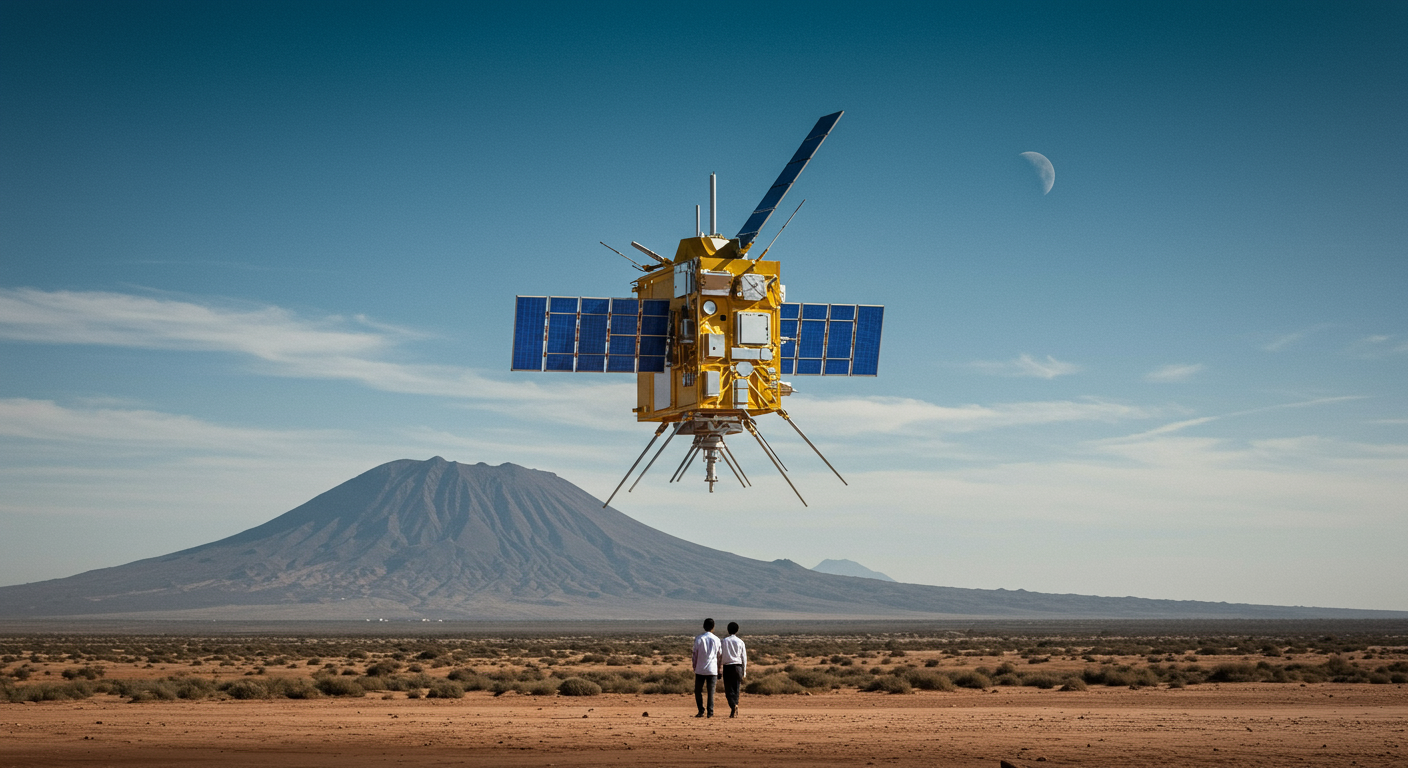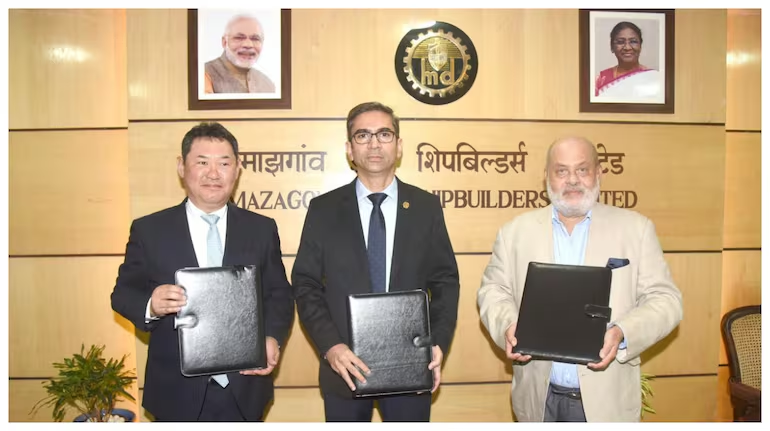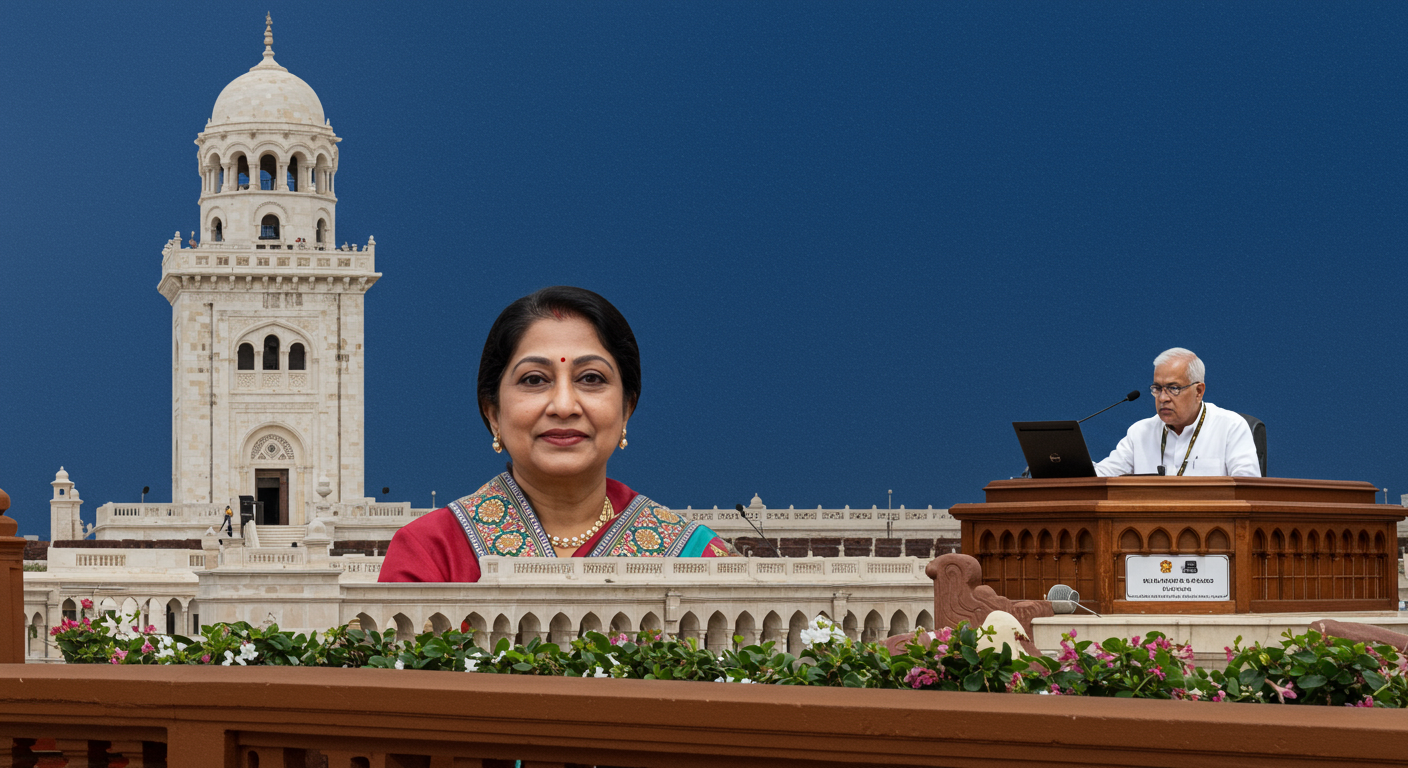In an era where our planet is undergoing rapid and undeniable changes, understanding these shifts has never been more critical. From melting ice caps to shifting landscapes, the Earth is constantly communicating, and we need precise tools to listen. Enter NISAR – a groundbreaking mission that promises to be humanity’s most advanced pair of “eyes in the sky,” observing our world with unprecedented detail. It’s not just a technological marvel; it’s a testament to global cooperation and a beacon of hope for a more sustainable future.
The buzz around NISAR has been growing, especially after the ISRO Chief, S. Somanath, highlighted its significance in an interview with NDTV, emphasizing how this collaborative venture embodies “strength and respects strength.” This isn’t just about launching a satellite; it’s about launching a new era of Earth observation, driven by shared vision and mutual respect between two of the world’s leading space agencies: NASA and ISRO.
Unveiling NISAR: A Vision of Precision and Partnership
At its core, NISAR stands for the NASA-ISRO Synthetic Aperture Radar. But what does that really mean for us, the people on Earth? Think of it as a super-advanced camera that uses radar technology to peer through clouds and darkness, providing incredibly detailed images of our planet’s surface. Unlike traditional optical cameras that rely on visible light, NISAR uses radar pulses, allowing it to collect data day or night, and regardless of weather conditions. This capability is absolutely crucial for continuous, uninterrupted monitoring.
What makes NISAR truly revolutionary is its dual-frequency Synthetic Aperture Radar (SAR) system, operating in both L-band and S-band. This isn’t just technical jargon; it’s the key to unlocking an unparalleled understanding of Earth. The L-band radar is particularly good at penetrating vegetation and observing changes in the subsurface, while the S-band radar is ideal for monitoring ice, sea ice, and rapid changes on the land surface. By combining these two perspectives, NISAR can detect even subtle movements of the land surface – changes as small as a centimeter – across vast areas. Imagine being able to see the Earth “breathe” in real-time, understanding the tiny shifts that precede major events.
This level of precision is not just impressive; it’s transformative. It means scientists can gain insights into dynamic processes that were previously invisible or too difficult to track. From the slow creep of glaciers to the sudden shifts caused by earthquakes, NISAR will provide a continuous, high-resolution record of our planet’s ever-changing face.
A Global Handshake: The Power of Collaboration
One of the most inspiring aspects of the NISAR mission is the deep partnership between the US National Aeronautics and Space Administration (NASA) and the Indian Space Research Organisation (ISRO). This isn’t just a simple exchange of parts; it’s a true collaboration, where both agencies bring their unique strengths and expertise to the table. NASA is responsible for the L-band radar, a high-rate communication subsystem, GPS receivers, and a solid-state recorder, while ISRO provides the S-band radar, the spacecraft bus, and the launch vehicle.
As ISRO Chief S. Somanath aptly put it, this collaboration embodies “strength and respects strength.” It’s a testament to the idea that some challenges are too big for any single nation to tackle alone, and that pooling resources, knowledge, and talent can lead to extraordinary achievements. This partnership extends beyond just building the satellite; it involves joint data analysis, shared scientific goals, and a unified vision for how this data can benefit humanity. It’s a powerful example of scientific diplomacy, demonstrating that despite global complexities, nations can unite for a common, noble cause: understanding and protecting our home planet.
Why NISAR Matters: Peering into Earth’s Dynamic Heartbeat
So, with all this advanced technology, what exactly will NISAR help us achieve? The mission’s applications are incredibly vast and profoundly impactful, touching upon almost every aspect of Earth science and disaster management.
First and foremost, NISAR will be a game-changer for monitoring our planet’s ecosystems. It will track changes in forests, wetlands, and agricultural lands, helping us understand deforestation, assess crop health, and monitor biodiversity. This is crucial for sustainable land management and addressing food security challenges. Imagine being able to precisely monitor carbon storage in forests, giving us better data for climate change mitigation strategies.
Secondly, NISAR will play a pivotal role in observing Earth’s ice masses. Glaciers and ice sheets are rapidly melting due to global warming, contributing significantly to sea-level rise. NISAR’s ability to measure subtle changes in ice thickness and movement will provide invaluable data for understanding the dynamics of these massive ice bodies and predicting future sea-level changes, which has direct implications for coastal communities worldwide.
Perhaps one of NISAR’s most critical contributions will be in disaster management. Earthquakes, volcanic eruptions, landslides, and tsunamis are devastating natural hazards. NISAR’s unparalleled ability to detect even tiny ground deformations can provide early warnings for volcanic activity, track land subsidence, and even map the precise ground shifts after an earthquake. This data is vital for rapid response, assessing damage, and building more resilient communities. For instance, by continually monitoring seismic zones, scientists might be able to identify areas under stress, helping to refine earthquake hazard assessments. Similarly, tracking the swelling of a volcano’s surface can indicate an impending eruption, allowing for timely evacuations.
Beyond these specific applications, NISAR’s continuous, global observations will contribute to a more holistic understanding of Earth’s complex systems, informing climate models, environmental policies, and disaster preparedness strategies for decades to come. It’s about building a better, safer future based on concrete, scientific data.
From Bengaluru to Orbit: The Final Countdown
The NISAR satellite’s journey is nearing its exciting climax. The satellite is currently in India, specifically at ISRO’s facilities in Bengaluru, where it is undergoing its final stages of integration and testing. This is a critical phase where all the intricate components, contributed by both NASA and ISRO, are meticulously assembled and rigorously checked to ensure they can withstand the harsh conditions of space and perform flawlessly once in orbit.
Once testing is complete, the satellite will be transported to the Satish Dhawan Space Centre at Sriharikota for launch. It is slated to be launched aboard ISRO’s powerful Geosynchronous Satellite Launch Vehicle Mark-II (GSLV Mk-II). This launch vehicle is a workhorse for ISRO, capable of delivering heavy payloads into orbit, and its selection for NISAR underscores its reliability and capability to handle such a significant international mission. While the article mentioned an expected launch in early 2024, the exact timing will depend on the completion of all final checks and preparations. The anticipation is palpable within the global scientific community.
The successful launch of NISAR will not only mark a major milestone in Earth observation but also cement India’s growing prowess in advanced space technologies. ISRO has consistently demonstrated its ability to execute complex missions, and NISAR will undoubtedly add another feather to its cap, highlighting India’s commitment to global scientific endeavors and its role as a responsible and capable spacefaring nation. This mission serves as an inspiration for young minds, encouraging them to pursue careers in science, technology, engineering, and mathematics.
A Brighter Future from Above
The NISAR mission is more than just a satellite; it’s a symbol of what humanity can achieve when it works together. It represents a shared commitment to understanding our planet better, to preparing for its challenges, and to safeguarding its future. As NISAR begins its vigilant watch from space, it will provide an unprecedented stream of data, empowering scientists, policymakers, and communities worldwide with the knowledge needed to make informed decisions.
In a world grappling with climate change, natural disasters, and environmental degradation, NISAR offers a powerful tool for hope and action. It’s an investment in a sustainable future, allowing us to not just react to change, but to anticipate and mitigate it. The collaboration between NASA and ISRO on NISAR reminds us that the vastness of space holds the key to solving some of our most pressing earthly problems, and that by combining strengths, we can reach for the stars and bring invaluable insights back home. The future of Earth observation truly looks brighter than ever.









